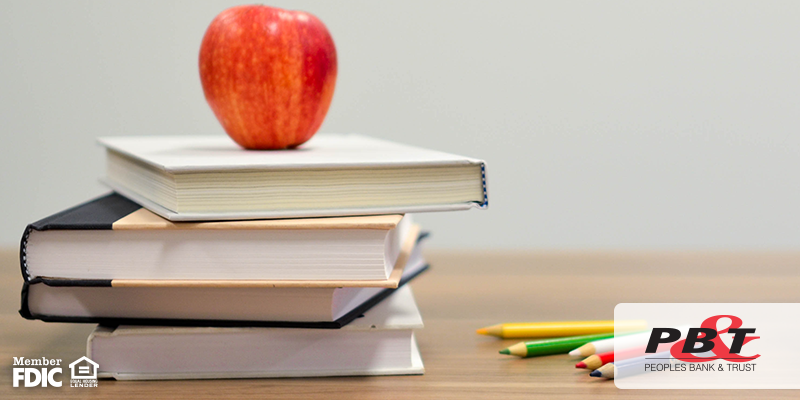
Cyberbullying is not fun to talk about. With school creeping up, technology and social media use will be on the rise. Talking about cyberbullying to make your child or children aware of the subject is a step in the right direction. What you may not know is that cyberbullying is any type of harassment, taunting, or threats made on different social media platforms. It is so common these days that sometimes it is unrecognizable. Kids may think the post is funny without thinking about their peer, resulting in them not even defining it as a form of bullying.
With just a click of a button, a demeaning or embarrassing message can quickly be spread to thousands of people. Here are some things you should know about cyberbullying while the school year is in play:
Websites and Apps: There are many different social media platforms out in the world today, for instance: Facebook, Twitter, Instagram, Snapchat and YouTube, where cyberbullying can reach children even in places where they feel safe. It can spread faster and further to more people and can occur any time of the day. Cyberbullying is different from bullying, as online posts can cause more confusion and emotions than in-person communication. With cyberbullying, there is no escaping online interactions. This is where you can become aware of the social media platforms your child/children are using. Have regular conversations with your child and discuss examples. Do this so they become conscious of the issue, so if they ever become victims or witness it themselves, they can either try to communicate the issue or know ways to fix it.
Cyberbullies Can Act Anonymously: People who participate in cyberbullying may use an anonymous cloak to hide behind. In other words, it may not always be clear who the person is behind the screen. This can be troubling because it ultimately encourages them to be more audacious and difficult to trace. Once again, become aware of the sites your children are using. Also, do not assume that your children will not participate in cyberbullying. As hard as it may seem, even the nicest kids can get swept up in the moment of tormenting another peer as the acts may not seem real. It’s best to be a role model, monitor your own social media and make it clear that bullying is not tolerated no matter the form.
Cyberbullying vs. Just Being Kids: When school starts, children tend to use social media more often than not. They like to use online as a way to email, chat, watch videos, send messages, play games and do homework. It is important for them to know the differences between cyberbullying and the factors of “just being a kid.” The intentions and context of their behavior are crucial when trying to decide if cyber bullying is occurring. Being mean can be accidental, but when tools are used over the internet to intentionally make someone upset, that is cyberbullying. You can help explain to your child that being online is a place to be responsible and respectful. Help them develop ways to communicate in a responsible manner.
We hope this information brings awareness to you and what your child/children might deal with throughout the school year. It is time to come to terms with the fact that no matter what you do as a parent, your child will be exposed to social media. It is your responsibility to guide and educate them on the correct way to use it.
Peoples Bank & Trust Co.
Member FDIC
Equal Housing Lender




